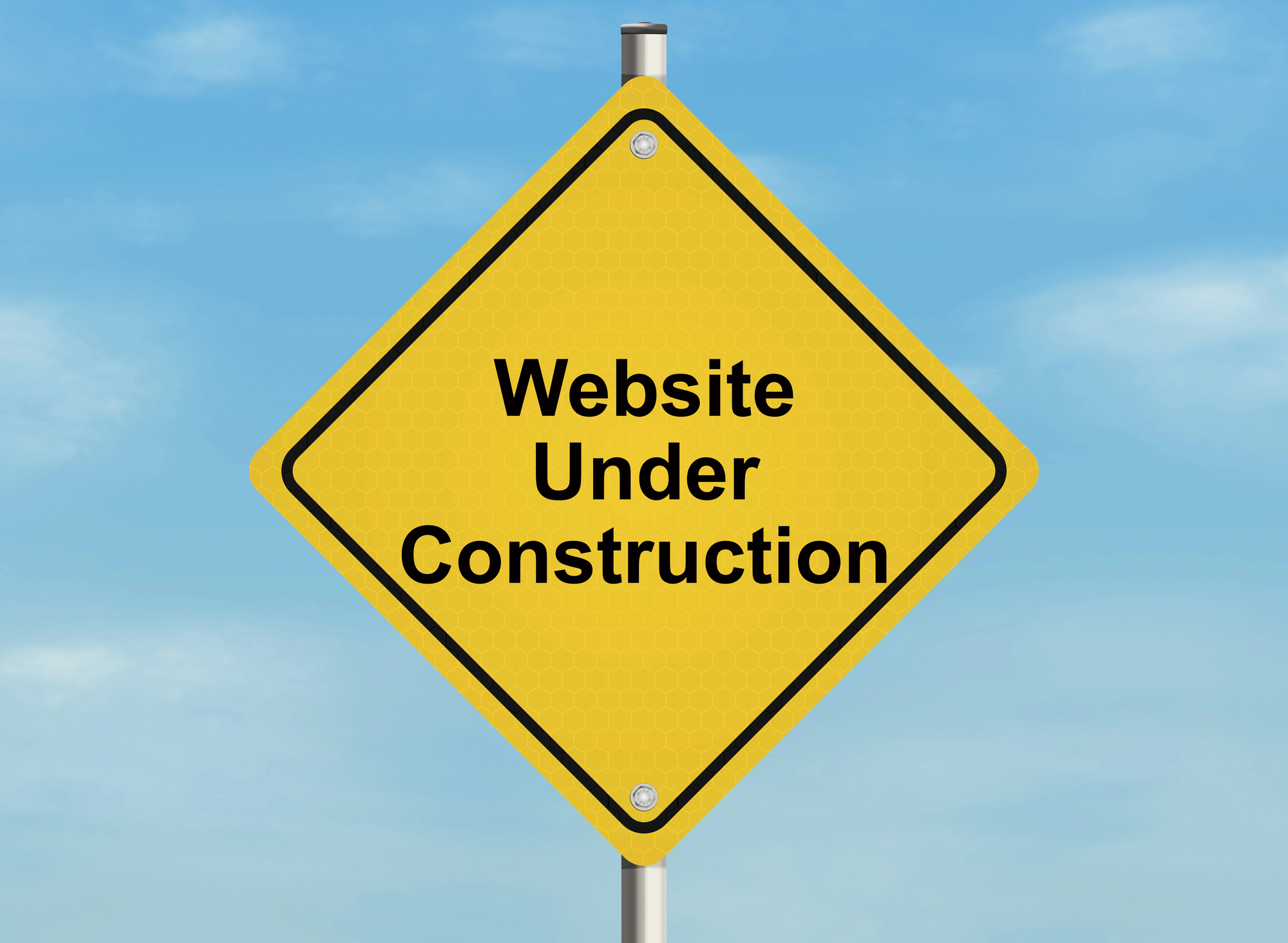5 Practical Design Tips to Improve Website Accessibility for All
Creating an inclusive online environment is not just a good practice; it's a necessity. Improving website accessibility ensures that individuals of all abilities can navigate and engage with your digital content.
So, how can you incorporate the right elements into your web design to make it happen? Here are 5 tips to enhance website accessibility and boost inclusivity.
Use Alt Text for Images
It can be easy to overlook alt tags, but they make a difference. Include descriptive alt text for images. This not only aids users with visual impairments who use screen readers but also provides valuable context for search engines, improving overall SEO.
Simplify Keyboard Navigation
Ensure that your website is navigable by making all interactive elements accessible through keyboard commands. Many users with mobility issues rely on keyboard navigation.
Make headings clear and easy to read, providing a roadmap for screen readers and users navigating with keyboard shortcuts.
Craft descriptive and meaningful link text. Instead of generic phrases like "click here" or "read more," use text that provides context about the link's destination.
Implement Caption and Transcribe Multimedia
Provide captions and transcriptions for multimedia content, including videos and podcasts. This makes your content accessible to users with hearing impairments.
Test with Accessibility Tools
Use accessibility tools and validators to identify potential issues. There are various online tools and browser extensions that can help by suggesting improvements.
Conduct regular accessibility audits of your website. As technologies and standards evolve, it's crucial to stay proactive in identifying and addressing potential accessibility barriers.
Provide Alternative Content for Interactive Elements
For interactive elements like sliders or carousels, offer alternative content or controls for users who may have difficulty interacting with the default features.
Implement Accessible Rich Internet Applications (ARIA) attributes where necessary. These attributes can enhance the accessibility of dynamic and interactive content.











